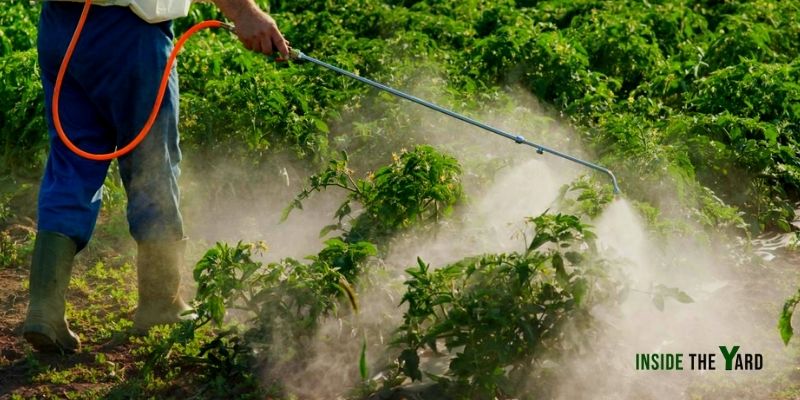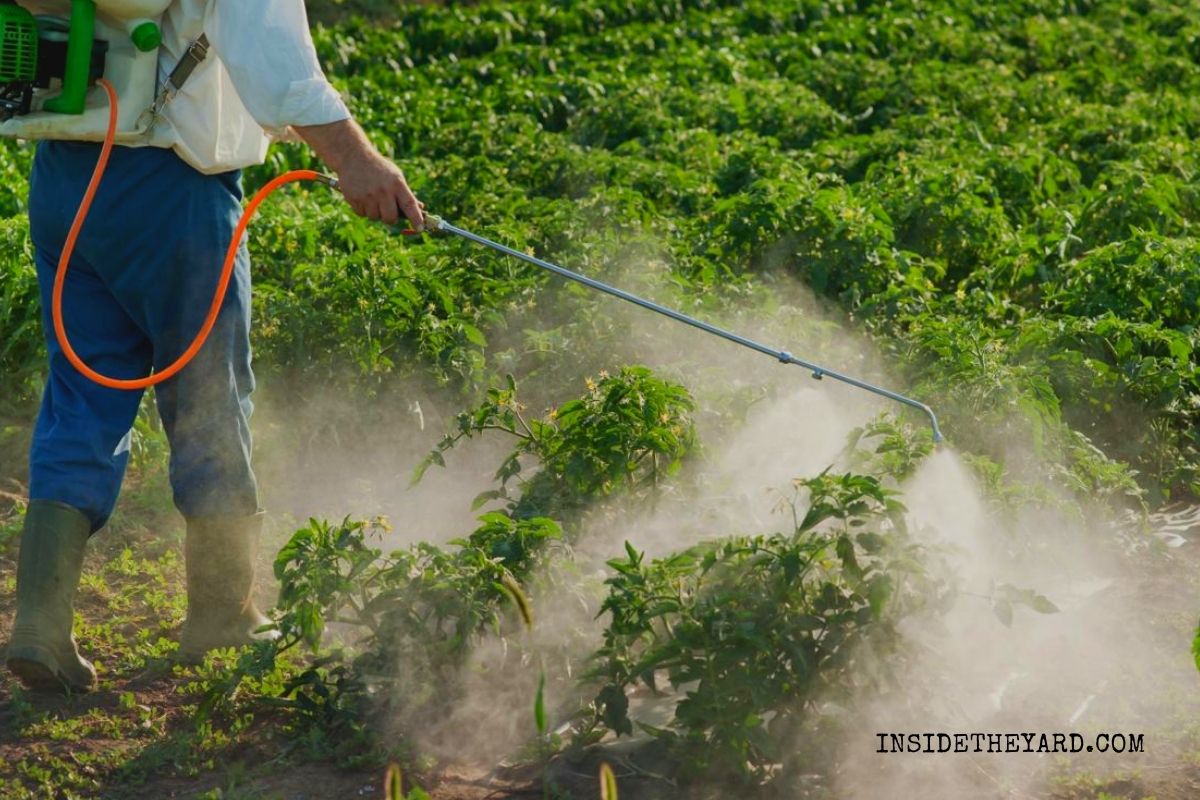
One common question that surfaces amid lawn owners is what to do after weed killer? Truth to be told, after any weed-killing process, the after steps are the same. Moreover, clearing out your land drainage system is crucial for a better harvest.
Testing the soil, and fertilizing are the most critical steps, but besides that, there are more essential tips that we would like to suggest to you below:
What to Do After Weed Killer?
Typically, Herbicides are the common weed killers; besides, there are manual ones & sprays. Let’s see this guide and know the after steps of applying weed killer.
Clean The Residue
There’s a good chance that your good plants can die due to the lag of cleaning. If you use an alternative weed killer application, then chances are it stays nonselective. That means there will be residue in good plants, and even the ones for specific use have adverse effects.
Take watering your garden water hose and water the places you have sprayed at a 45-degree angle. Make sure the water speed is high and thoroughly into the plants. Always wear protective clothing and a mask to avoid harmful residue.
If you see brown leaves, immediately rip off the plant as the weed killer is already damaged.
Drainage
Next up is processing the water and residue to the drainage system. Here’s a fact, if there’s no proper system in the land, the water will stay on that land. As a result of its nature, the weed killer will position in that place, and that leads to the destruction of soil and good plants.
When you do not have a drainage system, in that case, we recommend digging a one-foot square hole, and the water will automatically take a position in this drain. Also, dig an asymmetric line connecting the weed killer sprayed area and the hole.
Soil test
The crucial step after weed killer is checking your land or garden’s sand quality. Different types of Herbicides tend to pollute the soil and kill the weed. Also, these tend to soak the soil’s natural moisture, which makes water loss of soil infertile. So, the drain you dug can also help moist the water.
Long-term weed can also suck up the nutrients of your land soil, so you have to add some fertilizer. For this, you need to do a soil test, and these tests mainly determine what amount of potassium, nitrogen, and phosphorus your garden’s soil needs.
A local garden center or extension office does a job on a sample, but we recommend doing it by yourself.
First thing first, take a 5 inches level soil example in a jar and, of course, with a fitting lid. Now, fill it with water and replace the previous lid. You have to shake the jar to the water to mix and let it sit for a day.
If you see less than ¾ inches of sand at the end and one-inch slit onto the next, the soil needs more phosphorus. Even though there’s less than one inches clay above and ⅓ inches of organic matter sitting on the top, the ground requires more phosphorus or nitrogen.
Fertilize
The ground needs fertilizer if you smell your soil and do not find any earthy smell. Before planting again, we recommend harvesting grass to rejuvenate your soil quality.
Well, the choice of fertilizing is a personal option. Some prefer organic, and some prefer chemical-based.
Permanently remove the weed clipping before fertilizing your land because weed killers can stay in residue form in these clippings. In the case of chemical fertilizer, use a 50% method combined with water and chemicals.
Don’t confuse grass clippings with regular clipping. Grass clippings are healthy for soil fertility and provide about 79% potassium release into the soil.
New Plant
After proper fertilization, it’s necessary to water. Previously you might have attached the drainage, but watering restores land moisture. Also, it even creates the color of the soil.
After 2 months, pull out the grass and clean out for planting your plants. Always manually kill any weed you detect to control the weed. Also, never water your plant after night after using weed killer, at least for a month. Introduce your land with 1.7 organic compost besides chemical ones. You need to water new plants in the morning, noon, and evening or however you like. That’s about it.
What to Do After Weed Killer on Lawn?
After detecting the brown spot using a weed killer, immediately remove the debris and grass residue. Then use a hoe to clear down at least 3 inches of soil and mow the area.
Try to allow any kind of water and soil to come in. You can plant new trees immediately or apply compost to the bare soil.
Moreover, do not forget to add a 105 of chemical fertilizer for fast fertility recovery after weed killer.
Frequently Asked Questions (FAQs)
How Often Can You Put Weed Killer on Your Lawn?
A minimum of one and a maximum of two per year is best for lawn fertility. We don’t recommend going below or beyond.
What Do I Do After Spraying Weed Killer?
You must wait till the weed killer dries down. Then soil test, fertilize and grow new plants.
Should You Water Your Lawn After Applying Weed Killer?
Always wait two days before watering your lawn. Otherwise, the weed killer won’t be effective.
How Long Does Weed Killer Last?
Most weed killers dilute within 72 hours. So, it can take at least up to 24 hours.
How Soon After Weed Killer Can I Mow?
We recommend mowing after 24 to a max of 48 hours. For best results, waiting two days is better.
How Long Does Weed Killer Take to Dry Before Rain?
From different tests, including hours, it takes 35 minutes at least to dry before the rain.
How Long Does Weed Killer Stay in Soil?
Manufacturers have designed weed killers to stay 24 to 72 hours in the soil. But mostly, it stays up to 48 hours.
Conclusion
After using a weed killer, soil taste, drainage, fertilizer, and growing new plants are the steps. So, there you have the answer to your question: what to do after weed killer? Never use a weed killer more than two times in a year. Otherwise, your lawn can turn unfertile and cause more money.
Using weed killer, you can use different methods to plant your land again according to the plant you are willing to grow.
